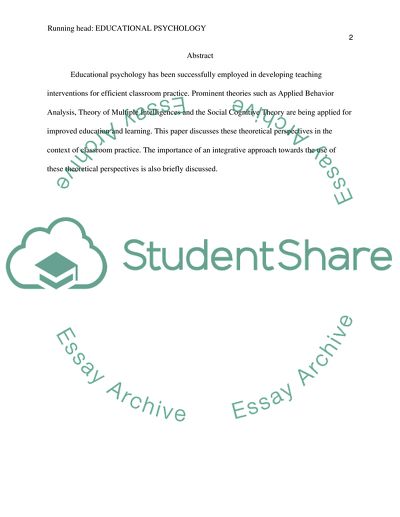Cite this document
(Application of Psychology to Classroom Teaching Research Paper, n.d.)
Application of Psychology to Classroom Teaching Research Paper. Retrieved from https://studentshare.org/education/1759187-research-paper-on-teaching
Application of Psychology to Classroom Teaching Research Paper. Retrieved from https://studentshare.org/education/1759187-research-paper-on-teaching
(Application of Psychology to Classroom Teaching Research Paper)
Application of Psychology to Classroom Teaching Research Paper. https://studentshare.org/education/1759187-research-paper-on-teaching.
Application of Psychology to Classroom Teaching Research Paper. https://studentshare.org/education/1759187-research-paper-on-teaching.
“Application of Psychology to Classroom Teaching Research Paper”, n.d. https://studentshare.org/education/1759187-research-paper-on-teaching.


